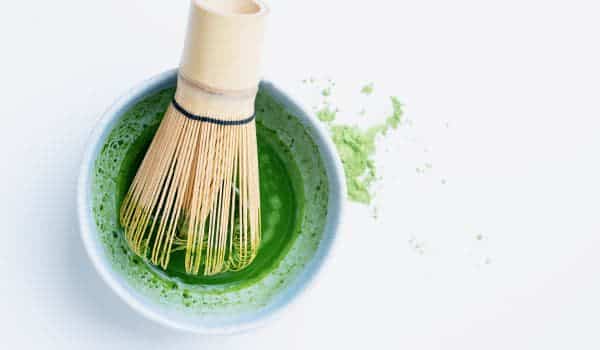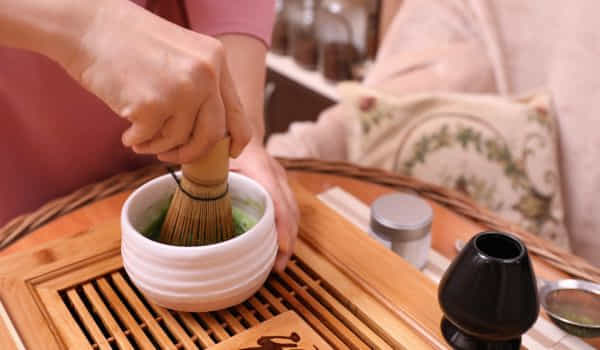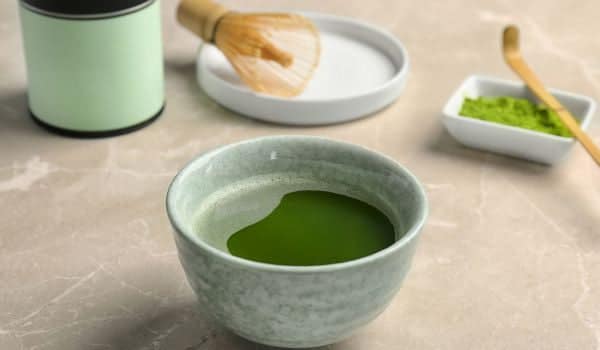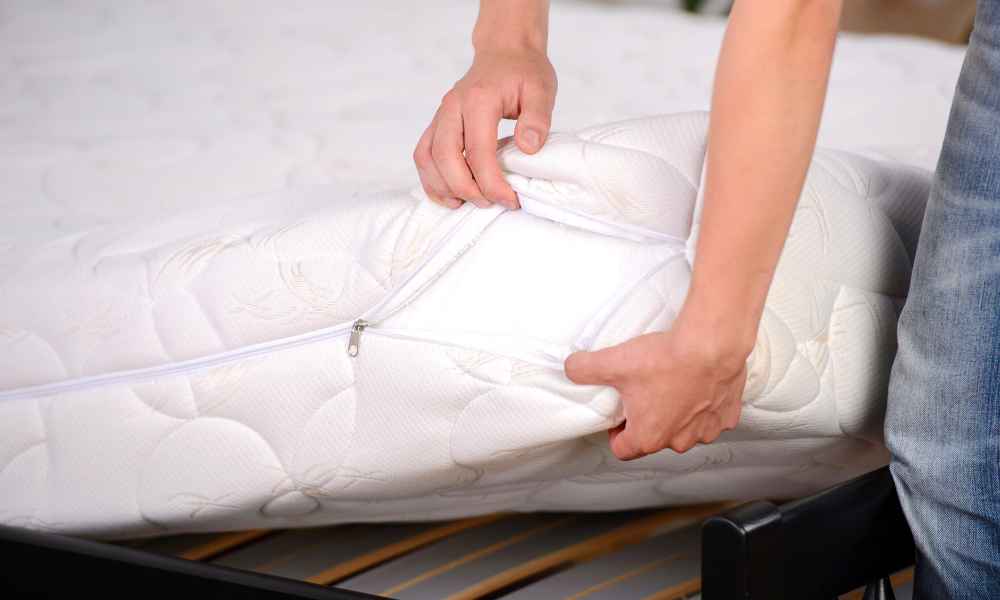Matcha whisking is a subtle but crucial technique that turns powdered green tea into a bright and bubbly drink. Matcha-making, which has its roots in the traditional Japanese tea ritual, requires a delicate balancing act between patience and precision. The aim is to develop a velvety texture and a smooth, well-dissolved mixture that highlights the unique flavor of matcha. While matcha’s distinct flavor and health advantages continue to draw attention from around the globe, developing your whisking skills will guarantee a delightful and genuine experience with this beloved green tea.
Why is it important to whisk matcha?

Whisking matcha is crucial for several reasons. It helps to fully dissolve the finely powdered tea, preventing clumps and ensuring a smooth consistency in the drink. Proper whisking also incorporates air, creating a frothy layer on top, which enhances the flavor and mouthfeel of the Green tea.
What equipment do I need to whisk matcha?

To whisk matcha traditionally, you’ll need a few specific tools: a bamboo whisk (chasen), a green tea bowl (Dhawan), and a bamboo scoop (chashaku). However, if these aren’t available, alternatives such as a fine mesh sieve and a regular whisk can be used to achieve similar results.
How do I prepare matcha before whisking?

Before whisking, it’s essential to sift the matcha powder through a fine sieve. This step helps remove any lumps, ensuring a smoother and more consistent texture when mixed with water. Sifting also aerates the green tea, making it easier to dissolve and create the desired frothiness when whisked.
Necessary Tools and Ingredients

Required utensils
The essential tools for whisking matcha include specific utensils designed for this purpose. These often comprise a bamboo whisk (chasen), a ceremonial tea bowl (Dhawan), a bamboo scoop (chashaku) for measuring ceremonial tea, and a fine-mesh sieve (fruit) to sift the powder.
High-quality matcha powder
High-quality matcha powder is paramount for a flavorful and smooth tea experience. Look for vibrant green powder made from finely ground, shade-grown tea leaves. Quality green tea provides a rich, slightly sweet flavor with a hint of bitterness, indicative of its freshness and origin.
Quality of water and its temperature
The quality and temperature of water used significantly impact the final outcome. Opt for fresh, filtered water to ensure purity. The ideal temperature for whisking ceremonial tea is approximately 175°F or 80°C, which allows the tea to dissolve without scalding, preserving its delicate flavors and properties.
Step-by-Step Process of Whisking Matcha

Preparing the matcha bowl
Preparing the matcha bowl involves a thoughtful process to ensure an optimal tea-drinking experience. Start by warming the bowl with hot water, which helps maintain the tea’s temperature. Once warmed, thoroughly dry the bowl to prevent any additional moisture from altering the green tea’s consistency.
Sifting the matcha
Sifting the matcha powder is crucial for a silky-smooth texture. Utilize a fine-mesh sieve to sift the ceremonial tea, effectively breaking down any lumps that might disrupt the tea’s uniformity. This step guarantees a seamless blending process and enhances the overall quality of the drink.
Adding water to matcha powder
Adding water to the matcha powder demands precision. Optimal water temperature, around 175°F or 80°C, is key. Gently pour a small amount of water into the ceremonial tea to create a concentrated paste, facilitating a smoother whisking process.
Whisking technique
The whisking technique is an art form integral to perfecting matcha. Hold the bamboo whisk correctly, maintaining a firm grip. Employ a rhythmic “W” or “M” motion while whisking, gradually increasing speed and intensity to ensure proper incorporation of the ceremonial tea and water.
Achieving the desired consistency
Achieving the desired consistency is the ultimate goal. Aim for a luscious, frothy layer atop the tea. Vigorously whisk until a consistent texture is achieved, free of any clumps or visible matcha powder residue, guaranteeing a delightful and visually appealing beverage.
Tips for Perfectly Whisked Matcha

Practice patience and consistency in whisking
Whisking matcha is a skill that requires time and precision. Be patient during the whisking process, ensuring a consistent and thorough mix of the ceremonial tea powder and water. This careful approach contributes significantly to achieving the desired frothy texture and flavor.
Adjusting the water-to-matcha ratio based on personal preference
Experimenting with different ratios of water to matcha powder allows you to tailor the tea’s strength and taste to your liking. Some individuals prefer a stronger, more concentrated flavor, while others prefer a milder taste. Finding the ideal balance that suits your palate is key to enjoying a perfect cup of ceremonial tea.
Experimenting with different whisking speeds and motions
ry different whisking techniques to understand how they affect the matcha’s texture. The traditional “W” or “M” motion, as well as varying the whisking speed, can impact the frothiness and smoothness of the tea. Gradually increasing the whisking speed and alternating between motions might produce different consistencies, enabling you to discover the one that best suits your preferences.
Cleaning and maintaining the bamboo whisk for longevity
Proper care of the bamboo whisk is crucial for its durability and functionality. After each use, rinse the whisk under running water to remove any residual ceremonial tea. Gently pat it dry with a clean cloth and ensure it’s completely dry before storage. Store it in a well-ventilated area to prevent mold growth and maintain the integrity of the delicate bamboo tines. Regular care extends the lifespan of the whisk, allowing you to continue whisking perfect matcha for a longer time.
Read More: How to Froth Milk with a Whisk
Conclusion
The art of whisking matcha holds a pivotal role in crafting an exceptional tea experience. Proper whisking isn’t merely a technique; it’s the gateway to a delightful cup, ensuring a smooth, frothy texture and the full expression of matcha’s nuanced flavors. Embracing experimentation and practice allows for the mastery of this art, empowering individuals to achieve their preferred frothiness and taste. Ultimately, beyond the final cup, relishing the process of making and savoring ceremonial tea adds an element of joy and appreciation for this revered Japanese tradition, making each sip a moment to treasure.




